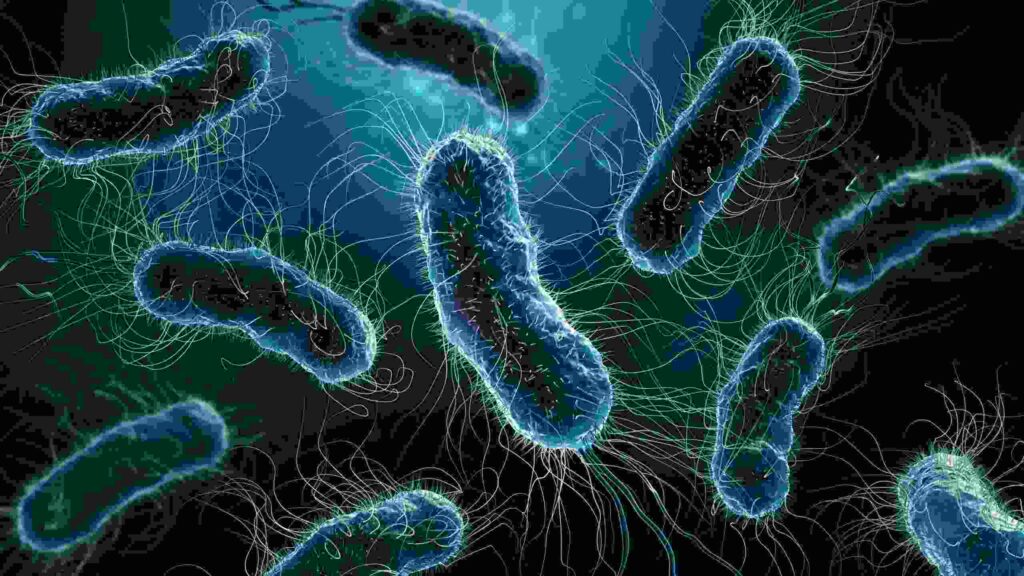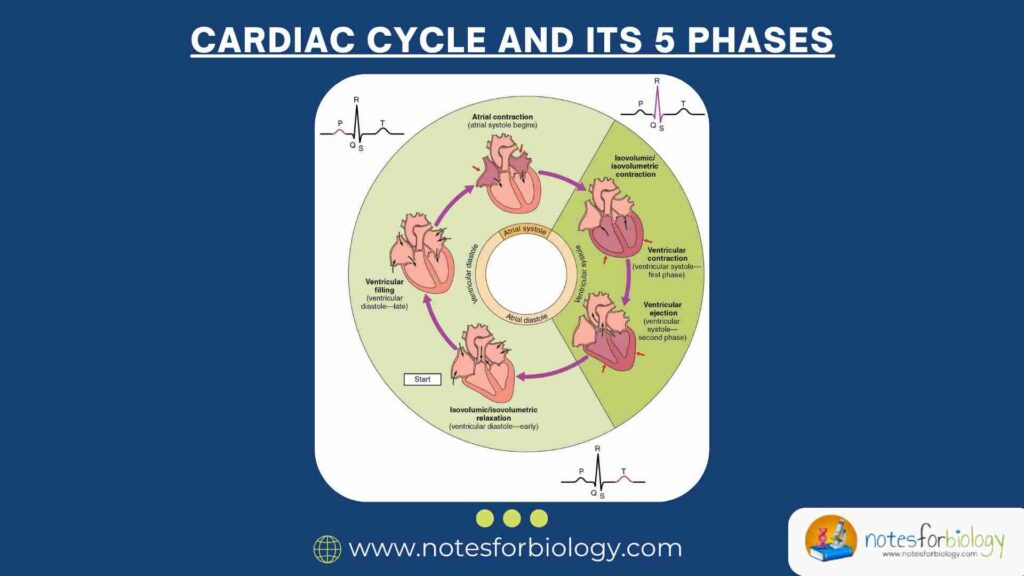Introduction
Pathogenic bacteria are types of bacteria that cause disease in humans, animals, or plants. Unlike harmless or beneficial bacteria that help with digestion or nutrient cycling, pathogenic bacteria invade the body, disrupt normal function, and can lead to illness.

The human digestive system is home to trillions of microbes, most of which are beneficial or harmless. However, some bacteria that enter the gastrointestinal (GI) tract can be harmful and cause diseases. These bacteria, known as pathogenic bacteria, often end up in a person’s stool. By examining stool samples, healthcare providers can identify the exact cause of infections and provide the right treatment. This article focuses on the most common pathogenic bacteria found in stool, their characteristics, the illnesses they cause, and their diagnosis and treatment.
Table of Contents
Why Study Bacteria in Stool?
Understanding the types of pathogenic bacteria found in stool is crucial for many reasons:
- Diagnosis of gastrointestinal infections
- Public health monitoring (e.g., outbreak investigations)
- Preventing spread of infectious diseases
- Targeted antibiotic treatment
Stool analysis is one of the most effective ways to detect and confirm the presence of these harmful microbes.
Common Pathogenic Bacteria in Stool
1. Escherichia coli (E. coli) – Pathogenic Strains

While many E. coli strains live harmlessly in the human gut, certain types are pathogenic.
Pathogenic Bacteria Types:
- Enterotoxigenic E. coli (ETEC) – Causes traveler’s diarrhea.
- Enteropathogenic E. coli (EPEC) – Common in infants.
- Enterohemorrhagic E. coli (EHEC) – Includes E. coli O157:H7; can cause severe bloody diarrhea and kidney failure.
- Enteroinvasive E. coli (EIEC) – Invades intestinal wall causing dysentery.
- Enteroaggregative E. coli (EAEC) – Persistent diarrhea in children and HIV patients.
Transmission:
- Contaminated food or water
- Undercooked meat
- Poor hand hygiene
Symptoms:
- Diarrhea (watery or bloody)
- Stomach cramps
- Fever
2. Salmonella spp.

Characteristics:
- Gram-negative, rod-shaped bacteria
- Found in the intestines of animals and humans
Common Species:
- Salmonella enterica (causes typhoid and gastroenteritis)
- Salmonella Typhi (typhoid fever)
Transmission:
- Raw or undercooked poultry and eggs
- Contaminated fruits and vegetables
Symptoms:
- Diarrhea
- Abdominal pain
- Fever
- Nausea and vomiting
3. Shigella spp.
Characteristics:
- Gram-negative
- Highly infectious
- Four major types: S. dysenteriae, S. flexneri, S. boydii, S. sonnei
Transmission:
- Fecal-oral route
- Contaminated food or water
Symptoms:
- Watery or bloody diarrhea
- High fever
- Cramping
- Dehydration
4. Campylobacter jejuni
Characteristics:
- Spiral-shaped, gram-negative
- One of the most common causes of foodborne illness
Transmission:
- Undercooked poultry
- Raw milk
- Contaminated water
Symptoms:
- Diarrhea (often bloody)
- Fever
- Nausea
- Muscle pain
5. Vibrio cholerae
Characteristics:
- Gram-negative
- Curved rod shape
- Causes cholera
Transmission:
- Contaminated water
- Poor sanitation
Symptoms:
- Profuse watery diarrhea (rice-water stools)
- Severe dehydration
- Muscle cramps
6. Clostridium difficile (C. diff)
Characteristics:
- Gram-positive, spore-forming
- Often occurs after antibiotic use
Transmission:
- Fecal-oral route
- Hospital-acquired infections
Symptoms:
- Watery diarrhea
- Fever
- Abdominal pain
- Pseudomembranous colitis (in severe cases)
7. Yersinia enterocolitica
Characteristics:
- Gram-negative rod
- More common in colder regions
Transmission:
- Contaminated pork
- Unpasteurized milk
Symptoms:
- Fever
- Diarrhea
- Abdominal pain mimicking appendicitis
8. Aeromonas spp.
Characteristics:
- Gram-negative rods
- Found in fresh and brackish water
Transmission:
- Contaminated water or food
- Raw fish
Symptoms:
- Diarrhea
- Nausea
- Vomiting
9. Plesiomonas shigelloides
Characteristics:
- Gram-negative rod
- Associated with tropical environments
Transmission:
- Contaminated seafood or water
Symptoms:
- Watery or bloody diarrhea
- Abdominal discomfort
How Are These Pathogenic Bacteria Diagnosed?
Stool Sample Collection
- Collected in sterile containers
- Stored and transported properly (usually within 2 hours)
Diagnostic Methods:
- Culture methods: Growing bacteria on selective media (e.g., MacConkey, XLD, TCBS)
- Microscopy: Gram staining
- Antigen tests: For quick detection (e.g., E. coli, C. difficile toxins)
- Molecular tests: PCR (Polymerase Chain Reaction) for identifying bacterial DNA
- Toxin detection: Especially for EHEC and C. difficile
Treatment and Management
1. Rehydration
- Most important step
- Oral rehydration salts (ORS) or intravenous fluids (IV) to prevent dehydration
2. Antibiotics
- Used selectively, depending on the type and severity of the infection
- Antibiotics often used:
- Ciprofloxacin
- Azithromycin
- Metronidazole (for C. difficile)
- Ceftriaxone (for Salmonella Typhi)
3. Probiotics
- Help restore healthy gut bacteria after treatment
4. Avoiding Anti-diarrheal Drugs
- In cases like EHEC, they may increase toxin retention and worsen the condition
Prevention Strategies
Safe Food Practices
- Proper cooking of meat and poultry
- Washing fruits and vegetables
- Avoiding raw milk
Clean Water and Sanitation
- Boiling or filtering drinking water
- Proper sewage disposal
Personal Hygiene
- Handwashing after using the toilet
- Using clean toilets
- Avoiding contact with infected persons
Role of Public Health and Surveillance
- Monitoring outbreaks (e.g., food poisoning events)
- Educating the public about safe hygiene and food handling
- Implementing vaccine programs where applicable (e.g., typhoid)
Conclusion
Many types of pathogenic bacteria can be found in stool, and identifying them is essential to understanding and treating gastrointestinal diseases. These bacteria often spread through contaminated food, water, or poor hygiene and can cause symptoms ranging from mild diarrhea to severe, life-threatening dehydration or systemic infection. By improving sanitation, ensuring safe food and water, and diagnosing infections early through stool testing, we can significantly reduce the burden of these bacterial infections.
Understanding these pathogens empowers individuals, families, and healthcare systems to take preventive actions and promote a healthier society.
FREQUENTLY ASKED QUESTIONS
What are pathogenic bacteria found in stool?
These are harmful bacteria that infect the intestines and are excreted in the stool. They include strains like E. coli O157:H7, Salmonella, Shigella, Campylobacter, and others.
How do these bacteria enter the body?
They usually enter through contaminated food, water, or poor hygiene. Undercooked meat, raw vegetables, and dirty hands are common sources.
What are the symptoms of infections caused by these bacteria?
Common symptoms include diarrhea (watery or bloody), fever, abdominal pain, nausea, vomiting, and dehydration.
Related Articles




